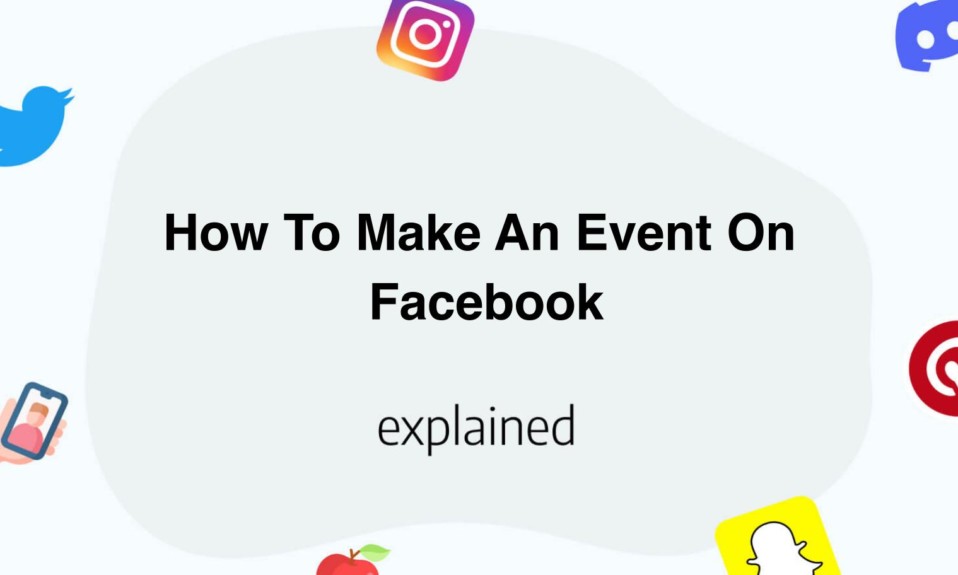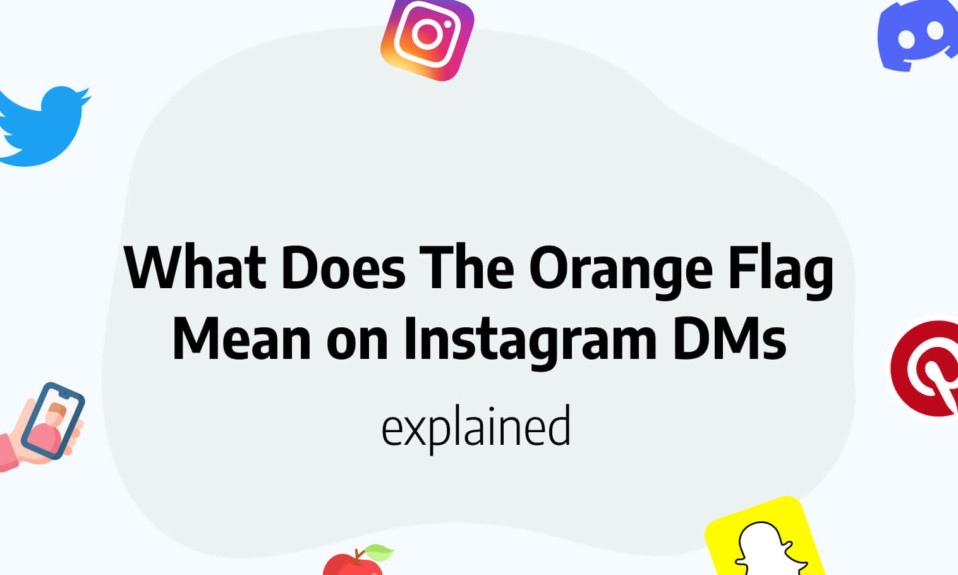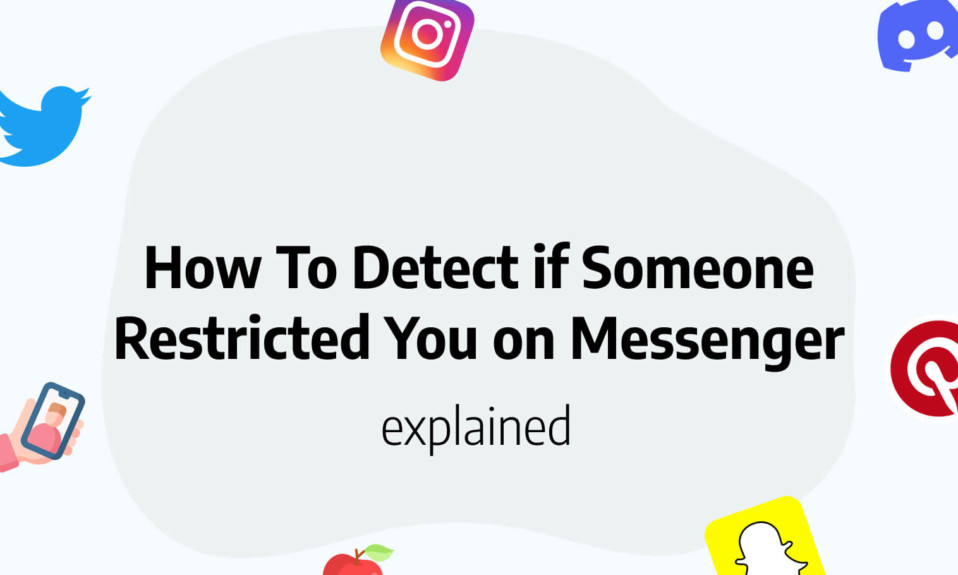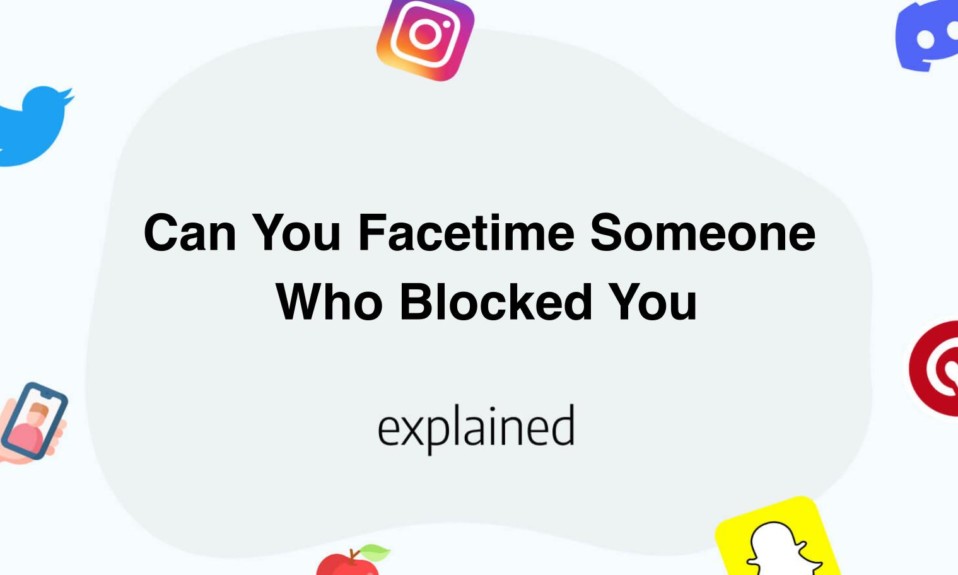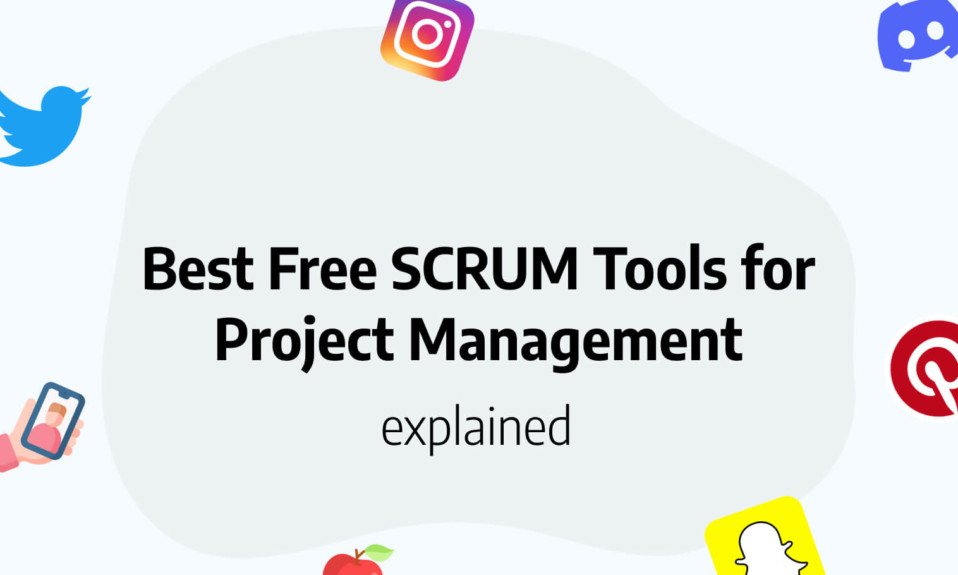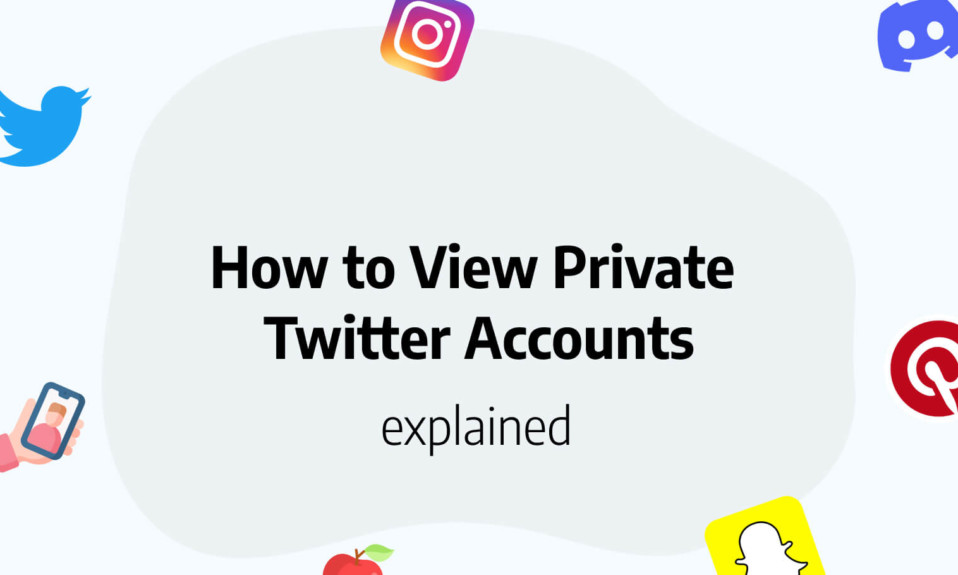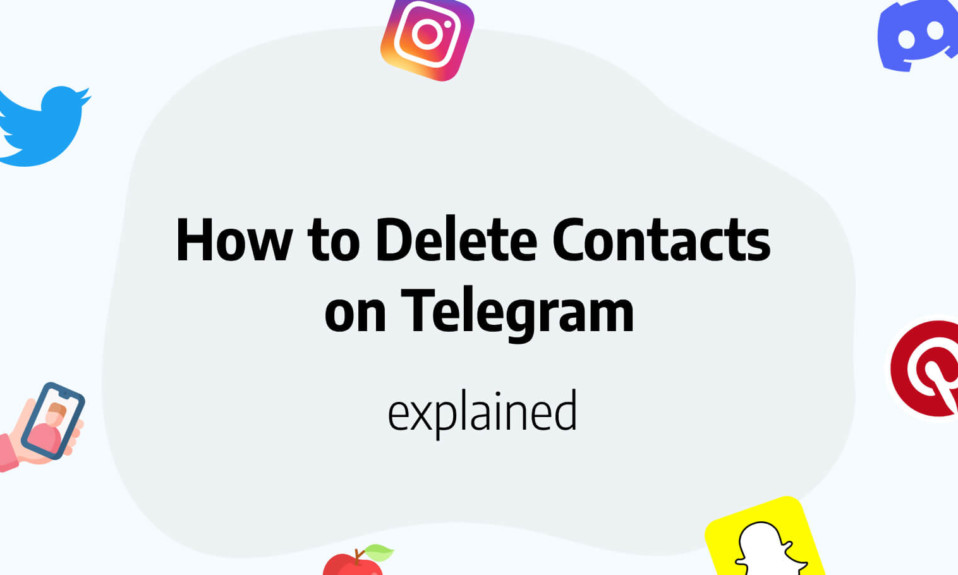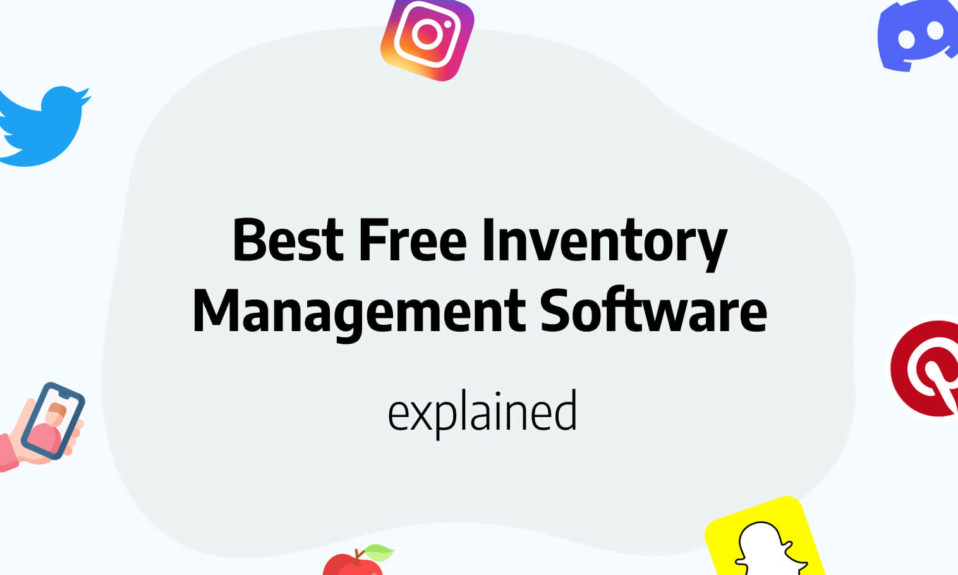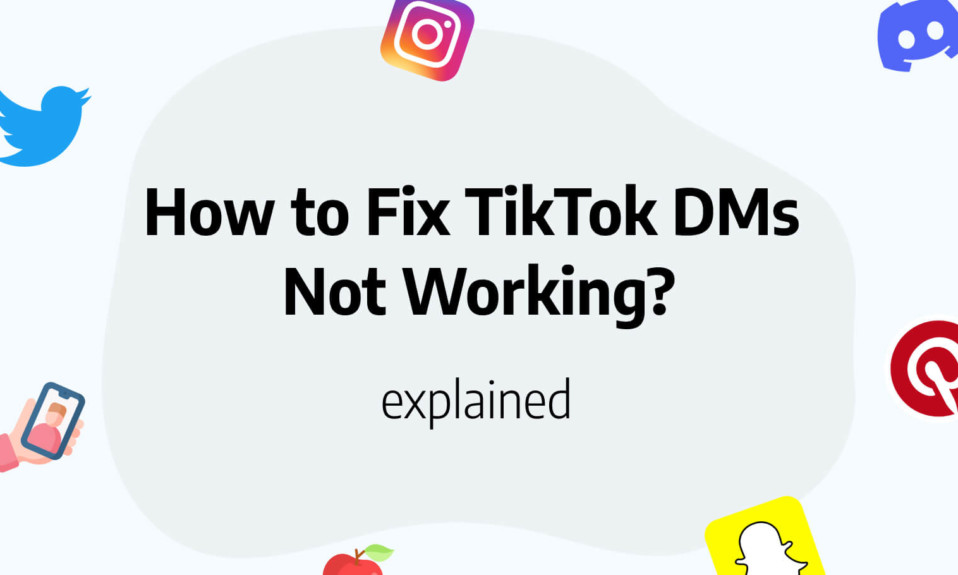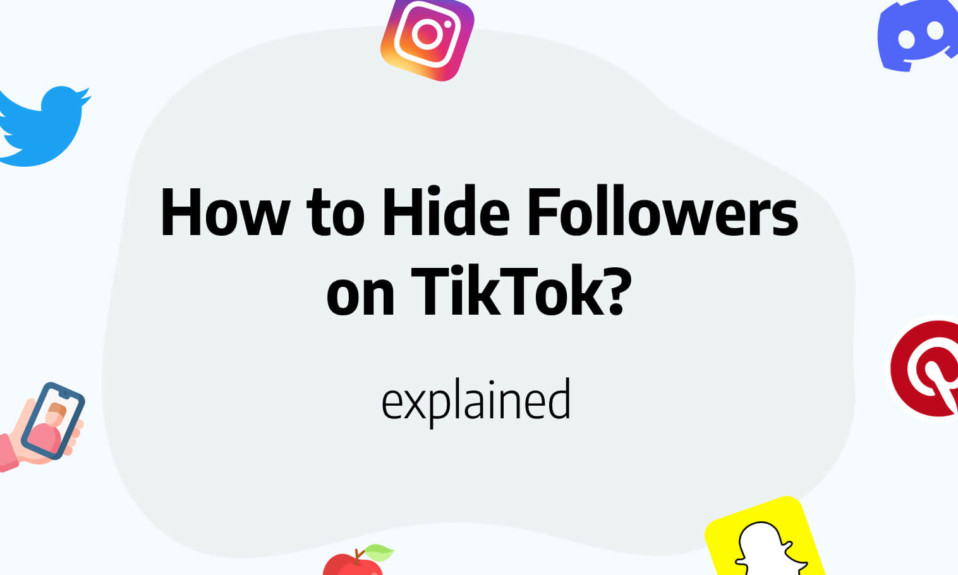Are you planning to organize an event? With over 2 billion monthly active users, Facebook is an excellent platform to get the word out and attract attendees.
In this guide, we will show you how to make an event on Facebook step-by-step, from setting up the event page to promoting it effectively.
By following these tips and tricks, you can create a successful event that reaches a wider audience and boosts engagement.
Keep reading to learn more!
- Open Facebook and select the “Events” tab from the left-hand menu.
- Click the blue “Create Event” button and fill in the event details, such as the title, date, time, and location.
- Add a description of the event and upload a cover photo to make it more appealing.
- Choose who you want to invite by selecting the “Invite” button and searching for friends or selecting a specific group.
- Click “Create” to publish the event and share it with your selected audience.
The importance of creating a Facebook event for engagement
Facebook events are a powerful tool to engage with your audience and create memorable experiences.
Not only do they remind people of your upcoming event but they also enable two-way communication, allowing attendees to interact with you and each other.
Creating a Facebook event is a vital component of social media marketing as it boosts your reach and increases the chances of your event successfully attracting attendees.
One of the key benefits of using Facebook events is the ability to share all the important details about your event in one place, such as the date, time, location, and agenda.
Additionally, you can include any additional relevant information, such as dress code or parking instructions.
From there, guests can mark if they will attend, and see a list of others who have also confirmed their attendance, increasing the excitement and anticipation for the event.
Creating a Facebook event also allows you to generate buzz and engagement prior to the event taking place.
You can create posts leading up to the event, such as sneak peeks of what attendees can expect, photos of previous events, or even countdown posts.
This not only builds anticipation but also encourages attendees to share and invite their friends, thereby increasing the reach of your events.
Furthermore, Facebook’s algorithm prioritizes events, which means that it will be more visible in your followers’ newsfeed.
This increases the likelihood of non-followers seeing your event and potentially becoming interested in attending.
Finally, measuring the success of your events is easy with Facebook’s analytics.
You can see how many people viewed your event, how many responded and attended, and even demographic data about your attendees.
This information is invaluable in measuring the success of your event and allows you to make improvements for future events.
In conclusion, creating a Facebook event is a must for businesses or individuals hosting events who want to engage with their audience, generate buzz and increase the chances of creating successful events.
Through sharing important details, building anticipation, and leveraging Facebook’s algorithm, you can put your event in front of a wider audience and create a memorable experience for everyone involved.
How To Make An Event On Facebook
To make an event on Facebook, first, go to the “Events” tab on the left side of your homepage.
Click on “+Create Event” on the top-right corner of the page.
Then, add a catchy title that describes the event.
Choose a cover photo that represents the event well and is eye-catching to potential attendees.
In the “Details” section, add the date, time, and location of the event.
Be sure to choose the appropriate time zone.
If it is a virtual event, select “Online Event” and provide the URL in the designated field.
In the “Description” section, write a brief summary of the event that highlights key points attendees should know.
Additionally, include any rules or guidelines attendees should follow.
Make it easy for people to share the event by including a shareable link.
To attract more attendees, add important keywords in the title and description that would help potential attendees find your event.
Consider using phrases such as “Free” or “Limited Availability” to generate a sense of urgency in potential attendees.
Additionally, use hashtags relevant to the event topic to increase visibility in search results.
As you create the event, Facebook will give you the option to make it public, private, or to limit visibility – choose an option that suits your needs or the event.
If it’s a public event, people can find and RSVP to the event and invite others.
If it is private or limited, you can invite specific people or groups.
Lastly, remember to keep attendees engaged before the event.
Create posts about the event with a call to action to RSVP or share with friends.
Consider adding countdown posts or behind-the-scenes photos to create buzz leading up to the event.
In conclusion, creating an event on Facebook is simple and straightforward.
By adding attractive visuals, using relevant keywords and hashtags, and engaging with potential attendees, you can ensure a successful event with a higher attendance.
Steps to setting up a successful Facebook event
To set up a successful Facebook event, there are several steps to follow that will ensure maximum engagement and attendance.
Firstly, choose a catchy title that immediately captures the attention of your target audience.
Keep it short and sweet but make sure it accurately reflects the purpose of your event.
Secondly, select a compelling image or video that will entice people to click on your event.
Remember, visuals are key on social media and can make or break the success of your event.
Once you’ve grabbed people’s attention, you need to provide them with all the relevant details about your event.
Create a concise yet informative description that highlights the benefits of attending and includes all the practical information such as date, time, location and what to expect.
Make sure it’s easy to read and scannable, using short paragraphs and bullet points where necessary.
The next step is to promote your event to your target audience.
Start by inviting your Facebook friends and then expand your reach by sharing your event on relevant Facebook groups and pages.
It’s also worth investing in Facebook advertising to reach a wider audience and drive more engagement.
Use targeted ads based on demographics, interests and behaviors to ensure you reach the right people.
As your event approaches, keep the momentum going by posting regular updates and reminders.
Set up a countdown timer or teaser posts to generate excitement.
Share interesting facts or testimonials about your event to entice those who may still be on the fence about attending.
You could also consider offering early bird discounts or exclusive perks to those who RSVP early.
Finally, make sure to follow up and engage with attendees after the event.
Thank them for attending and provide them with resources related to the event.
Encourage them to leave feedback and share their experiences on social media.
This will help to build your reputation and attract more attendees to your future events.
In conclusion, setting up a successful Facebook event requires careful planning and execution.
By choosing a catchy title, selecting a compelling image, creating a concise description, promoting your event, keeping the momentum going and engaging with attendees afterwards, you can ensure maximum engagement and attendance.
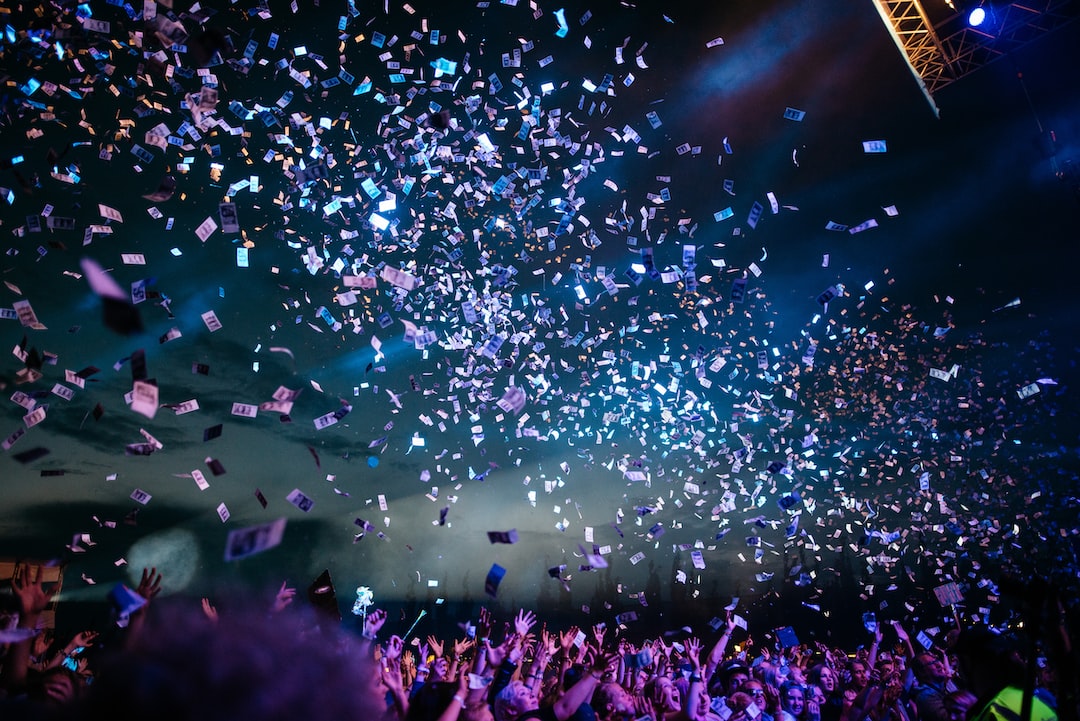
Tips for optimizing your event description for SEO
When it comes to optimizing your event description for SEO, there are a few tips to keep in mind to ensure you’re getting the most visibility possible.
First off, make sure your title accurately reflects the content of your event and includes relevant keywords for your target audience.
Think about what people would be searching for when looking for an event like yours, and incorporate those words into your title.
Next, write a compelling and informative meta description that includes your primary keyword or phrase.
This is important because it’s what will show up in the search results and can make or break whether someone clicks on your link.
Try to keep it to 155 characters or less and make it enticing enough to make someone want to learn more.
When it comes to the body of your event description, be sure to use headings and subheadings to break up your content and make it more readable.
Use H1 tags for your main title and H2 tags for subheadings.
Additionally, be sure to use your primary keyword throughout the text, but be careful not to overdo it – aim for a keyword density of around 1-2%.
Another important factor to consider is your images.
Make sure you optimize your images by including descriptive alt tags and filenames that include your keyword – this will not only help with SEO, but it will also make your event more accessible to those who are visually impaired.
Finally, include links to relevant resources, such as your event website or any related articles or blog posts.
Use descriptive anchor text that includes your keyword where possible, but be sure to keep the links relevant and helpful to your audience.
By following these tips, you’ll be well on your way to optimizing your event description for SEO and making sure your event gets the attention it deserves.
Don’t forget to track your results using tools like Google Analytics so you can see what’s working and where you can improve in the future.
Read also: Why Is There An X Next To Someone’s Name On Snapchat
Utilizing Facebook ads to promote your event
Facebook is a great platform to promote events due to its large user base and diverse targeting options through Facebook Ads.
Here are a few tips to make the most out of your event promotion with Facebook Ads.
First, choose the right advertising objective for your event promotion campaign.
Depending on your goals, you can choose objectives like traffic, reach, or conversions.
For instance, if your goal is to generate ticket sales, then the conversion objective will work best for you.
Second, target the right audience based on your event’s theme, location, and demographics.
Facebook allows advertisers to target users based on their interests, behaviors, and location, making it easier to reach potential attendees.
Third, create engaging ad creatives that grab attention and communicate your event’s value proposition.
You can use high-quality visuals, compelling headlines, and call-to-actions to encourage users to learn more about your event.
Fourth, test your ads to see what works best for your campaign.
Facebook Ads Manager allows advertisers to test ad creatives, targeting options, and bidding strategies to optimize ad performance.
Lastly, promote your event through other channels, such as email marketing and social media, to amplify your ad campaign’s impact.
For example, you can include a link to your event’s Facebook page in your email signature or share your ad on your social media accounts.
In conclusion, Facebook Ads can be an effective way to promote events by targeting a large and diverse audience.
By following these tips and continuously optimizing your ad campaign, you can drive more attendance and generate a higher return on investment for your event.
You’ll also like: How Much Does Facebook Reels Pay Per 1,000 Views
As a social media expert for over 20 years, I’ve seen a lot of events come and go.
One of the most effective ways to get attendees to share your event on social media is by creating a unique hashtag that incorporates the event name or theme.
The hashtag should be prominently displayed throughout the event, making it easy for attendees to remember and use.
You can even offer incentives for those who use the hashtag, such as a chance to win a prize or special recognition.
Another way to encourage attendees to share your event on social media is by creating shareable content.
This can include eye-catching graphics, catchy headlines, and interesting facts or statistics related to your event.
By providing engaging content, you increase the likelihood that attendees will want to share it with their followers.
It’s also important to provide social media guidelines for attendees.
This ensures that everyone is on the same page when it comes to sharing on social media.
For example, you may want to ask attendees not to share certain details or photos that could be seen as inappropriate or offensive.
Finally, be sure to engage with attendees on social media during and after the event.
Thank them for attending and sharing their experiences, and encourage them to continue engaging with your brand on social media.
This builds a sense of community and fosters long-term relationships with your audience.
Overall, encouraging attendees to share your event on social media is an effective way to increase visibility and engagement.
By creating a unique hashtag, providing shareable content, offering incentives, providing social media guidelines, and engaging with attendees, you can create a social media buzz that can lead to a successful event and long-term brand loyalty.
You’ll also like:


